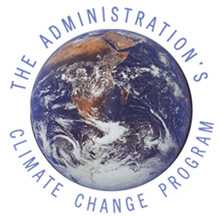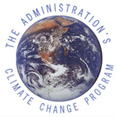 |
 |
UNITED NATIONS FRAMEWORK
CONVENTION
ON CLIMATE CHANGE
|
In response to the warnings of scientists, governments launched
negotiations in December 1990 on a global treaty to address the problem of
climate change. After 15 months of talks, they adopted by consensus in
1992 the United Nations Framework Convention on Climate Change (UNFCCC),
which set an “ultimate objective” of stabilizing atmospheric
concentrations of greenhouse gases at safe levels. Such levels, which the
Convention does not quantify, should be achieved within a time frame
sufficient to allow ecosystems to adapt naturally to climate change, to
ensure that food production is not threatened and to enable economic
development to proceed in a sustainable manner. To achieve this
objective, all Parties (countries that have ratified the Convention) have
a general commitment to address climate change, adapt to its effects, and
report on the action they are taking to implement the Convention. The
Convention was opened for signature at the Earth Summit in Rio de Janeiro,
Brazil, on June 4, 1992, and came into force on March 21, 1994. Today,
some 181 governments have ratified the treaty. The United States ratified
the Convention on October 15, 1992. Parties to the Convention meet
regularly at the annual Conference of the Parties (COP) to review the
implementation of the Convention and continue talks on how best to tackle
climate change. For more information, please see the UNFCCC web site
at: www.unfccc.int
Text of the United Nations Framework Convention on Climate Change
|

![]()